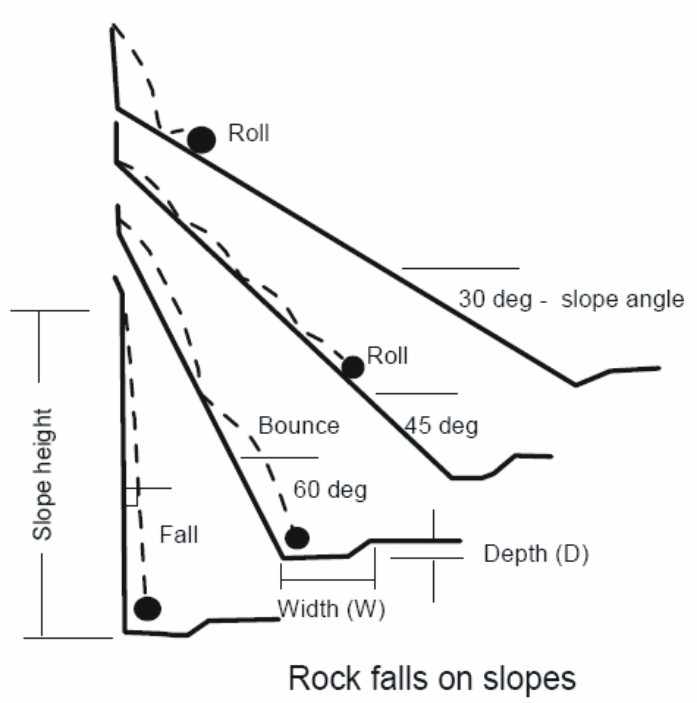|
Working
Party Matters
Membership
| Terms of
Reference |
Task
Allocation |
Intranet
|
Geohazard Communication |
Links |
|
|
Landslides & Slope
Instability
Engineering Geologists | Planners & Developers | Finance & Insurance
| Member of the Public
|
|
Subsidence & Collapse
Hazard
Engineering Geologists | Planners & Developers | Finance & Insurance
| Member of the Public
|
|
Seismic Hazard
Engineering Geologists | Planners & Developers | Finance & Insurance
| Member of the Public
|
|
Flood Hazard
Engineering Geologists |
Planners & Developers | Finance & Insurance | Member of the Public
|
|
Tsunami Hazard
Engineering Geologists |
Planners & Developers | Finance & Insurance | Member of the Public
|
|
Volcanic Hazard
Engineering Geologists | Planners & Developers | Finance & Insurance
| Member of the Public
|
|
Gas Hazard
Engineering Geologists |
Planners & Developers | Finance & Insurance | Member of the Public
|
|
Fault Reactivation Hazard
Engineering Geologists | Planners & Developers | Finance & Insurance
| Member of the Public |
| |
|
Rock Fall Diagnostic Characteristics |
A fall starts with the detachment of soil or rock from a
steep slope along a surface on which little or no shear displacement takes
place. The material then descends largely by falling, bouncing or rolling. Free
fall movement of material from a steep slope or cliff, EPOCH (1993).

(Image Source: Landslide Types &
Processes, USGS Factsheet FS 2004-3072,
http://pubs.usgs.gov/fs/2004/3072/)
Blocks will fall, bounce and roll during
descent.

Toppling failures are distinguished by the forward
rotation of a unit about a pivot point.
Typically involving tall columns of rock
Vertical or steeply dipping discontinuities behind the
block allow the rock mass to topple out of the face and second set of orthogonal
joints, which defines the column height.

(Image Source: Landslide Types &
Processes, USGS Factsheet FS 2004-3072,
http://pubs.usgs.gov/fs/2004/3072/)
|
Rock Fall
Description & Morphological
Details |
|
Origin: |
From a steep wall or slope from which one or
more fragments are suddenly detached |
|
Form: |
Initial failure surface can be planar, wedged, stepped or
vertical |
|
Movement: |
Free fall movement over at least part of their trajectory |
|
Subsequent Deformation: |
May involve free fall, break – up, roll, bounce, slide or dry flow
onto the slope below |
|
Associated processes may include: |
•Cohesionless grain flow
•Heat generation
•Shear rate effects |
|
Velocity: |
Rapid movements over whole trajectory of fall |
|
Movement
of
Falls governed by: |
Orientation & angle of the slope facet impacted
•Size & shape of the block
•Angle at which it strikes the slope
•State and deformation of the rock or ground
•Absorption of the shock by any covering vegetation
•Parameters taken into account in calculating
dissipation of energy on the rebound |
|
Causes of Falls: |
Originate in material that has already been detached from the
bedrock
•Orientation of the discontinuity surfaces
•Ratio of their dip angle with the rock wall or slope
surface |
|
Direct Causes: |
Enlargement or widening of fissures
•Loss of the final pieces of connecting rock
•Mechanical rupture
•Chemical deterioration
•Vegetation
•Exceeding limit of the overhanging boundary
•Exceeding static friction threshold
•Seismic, explosion, hydration of a clay joint or
increase in hydrostatic pressure
•Increase in gradient of a slope in slow deformation
•Loss of coating matrix |
Diagnostic Characteristics |
Geographic Occurrence | Mitigation |
Key Contacts & Expert Advice |
Photo
Gallery | Essential References &
Further Reading
|